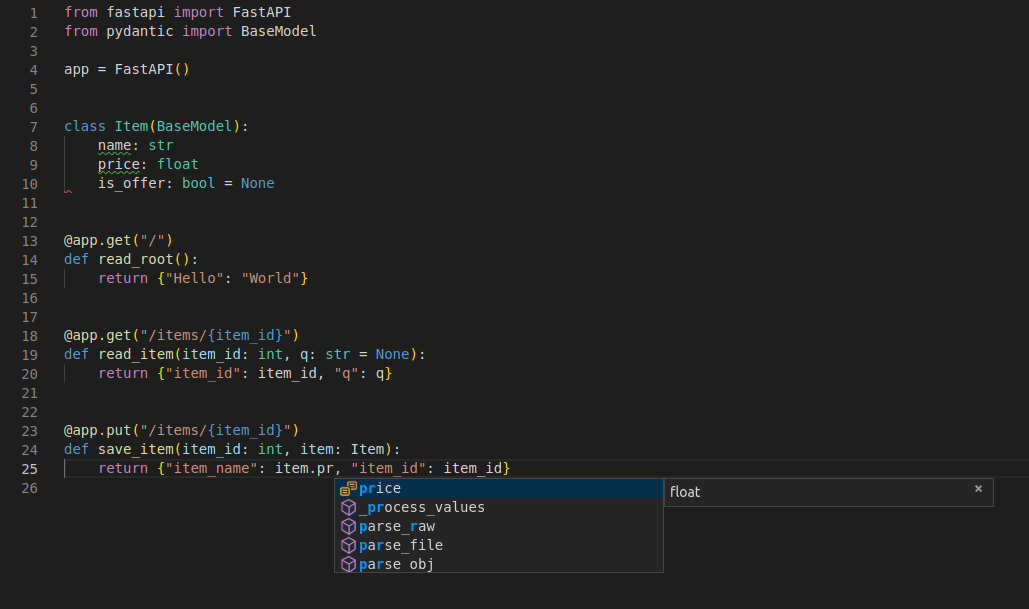- Sort Score
- Result 10 results
- Languages All
Results 1 - 10 of 10 for Night (0.18 sec)
-
architecture/README.md
The Gradle team uses ADRs to record architectural decisions that the team has made. See [Architecture decisions records](standards) for the list of ADRs. Be aware these are very technical descriptions of the decisions, and you might find the documentation below more useful as an introduction to the internals of Gradle. ## Platform architecture Gradle is arranged into several coarse-grained components called "platforms".
Plain Text - Registered: Wed May 08 11:36:15 GMT 2024 - Last Modified: Thu May 02 06:42:46 GMT 2024 - 2.4K bytes - Viewed (0) -
docs/en/docs/css/termynal.css
content: 'bash'; position: absolute; color: var(--color-text-subtle); top: 5px; left: 0; width: 100%; text-align: center; } a[data-terminal-control] { text-align: right; display: block; color: #aebbff; } [data-ty] { display: block; line-height: 2; } [data-ty]:before { /* Set up defaults and ensure empty lines are displayed. */ content: '';
CSS - Registered: Sun May 05 07:19:11 GMT 2024 - Last Modified: Thu May 02 22:37:31 GMT 2024 - 2.2K bytes - Viewed (0) -
architecture/platforms.md
### Core automation platform This is a general-purpose automation platform which takes care of the efficient definition and execution of work, such as tasks. This platform is agnostic to what exactly the purpose of the work is. It might be creating an application, setting up development environments, orchestrating deployments, running simulations, etc.
Plain Text - Registered: Wed May 08 11:36:15 GMT 2024 - Last Modified: Thu May 02 06:42:46 GMT 2024 - 5.4K bytes - Viewed (0) -
docs/en/docs/fastapi-cli.md
Plain Text - Registered: Sun May 05 07:19:11 GMT 2024 - Last Modified: Fri May 03 23:25:16 GMT 2024 - 6.1K bytes - Viewed (0) -
docs/en/docs/advanced/websockets.md
And to communicate using WebSockets with your backend you would probably use your frontend's utilities. Or you might have a native mobile application that communicates with your WebSocket backend directly, in native code. Or you might have any other way to communicate with the WebSocket endpoint. ---
Plain Text - Registered: Sun May 05 07:19:11 GMT 2024 - Last Modified: Thu May 02 22:37:31 GMT 2024 - 6.2K bytes - Viewed (0) -
docs/en/docs/advanced/openapi-webhooks.md
This can make it a lot easier for your users to **implement their APIs** to receive your **webhook** requests, they might even be able to autogenerate some of their own API code. !!! info Webhooks are available in OpenAPI 3.1.0 and above, supported by FastAPI `0.99.0` and above. ## An app with webhooksPlain Text - Registered: Sun May 05 07:19:11 GMT 2024 - Last Modified: Thu May 02 22:37:31 GMT 2024 - 2.8K bytes - Viewed (0) -
docs/en/mkdocs.yml
palette: - media: '(prefers-color-scheme: light)' scheme: default primary: teal accent: amber toggle: icon: material/lightbulb name: Switch to dark mode - media: '(prefers-color-scheme: dark)' scheme: slate primary: teal accent: amber toggle: icon: material/lightbulb-outline name: Switch to light mode features: - search.suggestOthers - Registered: Sun May 05 07:19:11 GMT 2024 - Last Modified: Thu May 02 22:37:31 GMT 2024 - 9.1K bytes - Viewed (0) -
docs/en/docs/features.md
The whole **FastAPI** framework is based to satisfy that. Autocompletion works everywhere. You will rarely need to come back to the docs. Here's how your editor might help you: * in <a href="https://code.visualstudio.com/" class="external-link" target="_blank">Visual Studio Code</a>: 
Plain Text - Registered: Sun May 05 07:19:11 GMT 2024 - Last Modified: Thu May 02 22:37:31 GMT 2024 - 9.3K bytes - Viewed (0) -
docs/en/docs/tutorial/index.md
The **Advanced User Guide**, builds on this, uses the same concepts, and teaches you some extra features. But you should first read the **Tutorial - User Guide** (what you are reading right now).
Plain Text - Registered: Sun May 05 07:19:11 GMT 2024 - Last Modified: Thu May 02 22:37:31 GMT 2024 - 5.9K bytes - Viewed (0) -
docs/en/docs/advanced/openapi-callbacks.md
!!! tip When writing the code to document a callback, it might be useful to imagine that you are that *external developer*. And that you are currently implementing the *external API*, not *your API*.Plain Text - Registered: Sun May 05 07:19:11 GMT 2024 - Last Modified: Thu May 02 22:37:31 GMT 2024 - 7.7K bytes - Viewed (0)